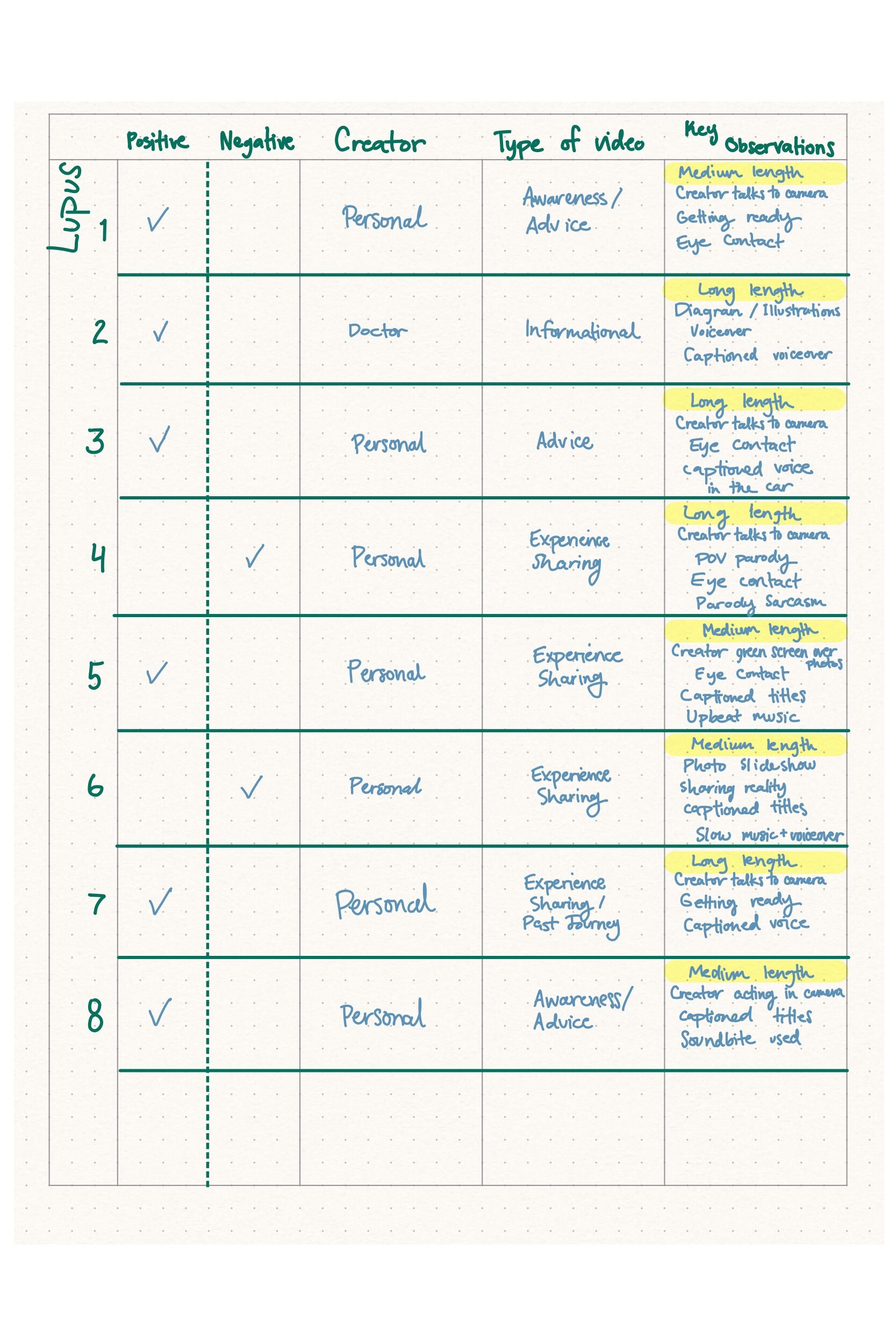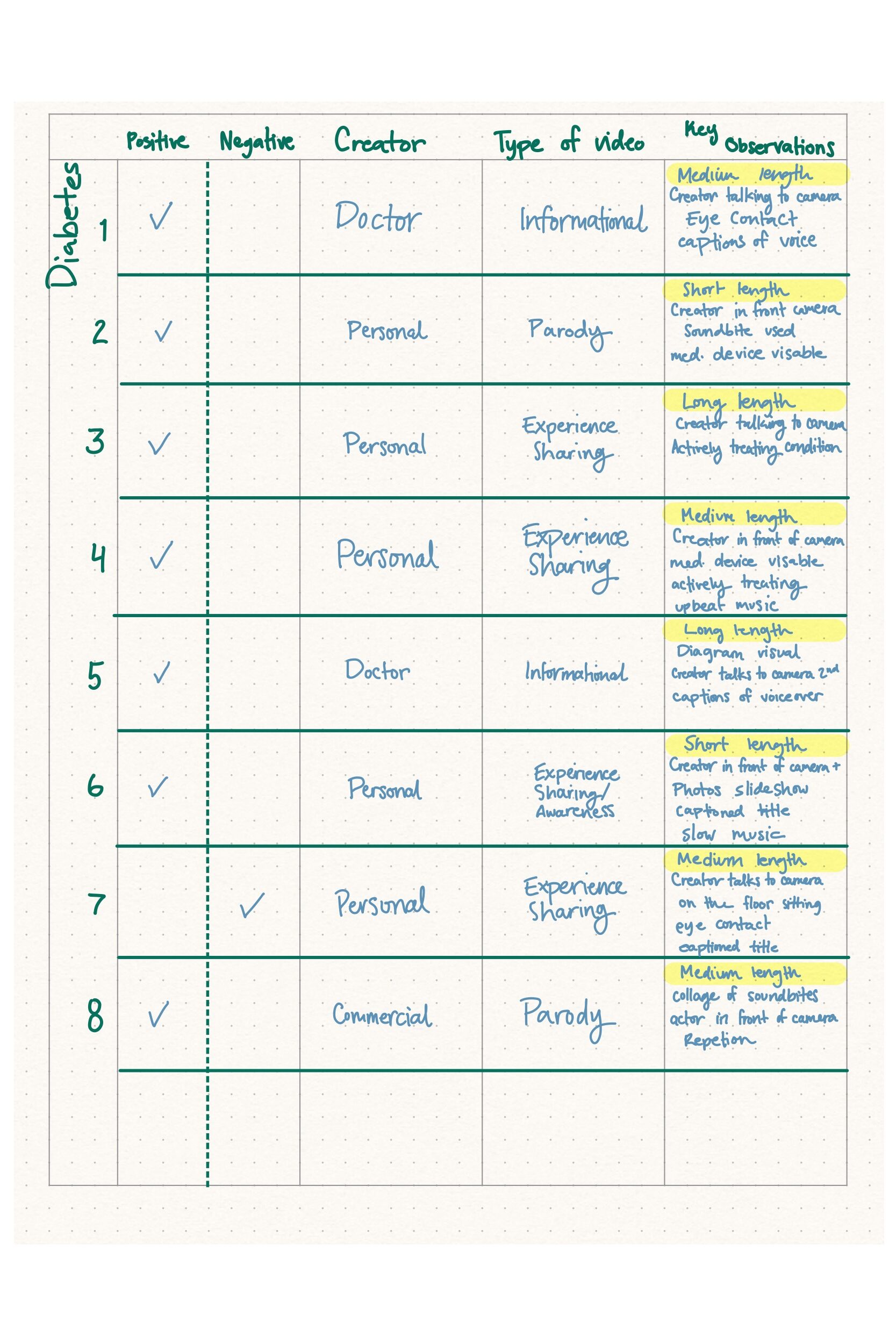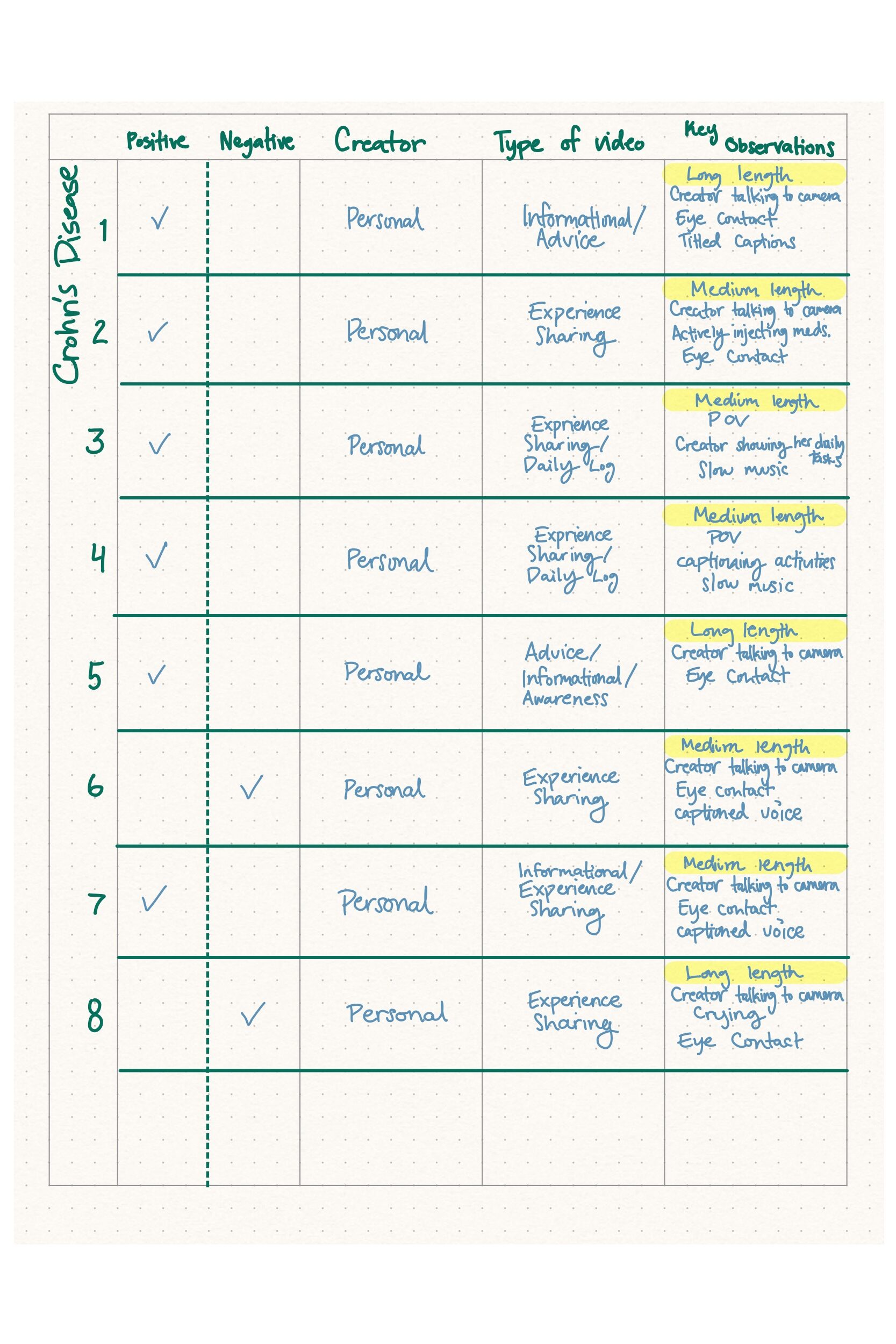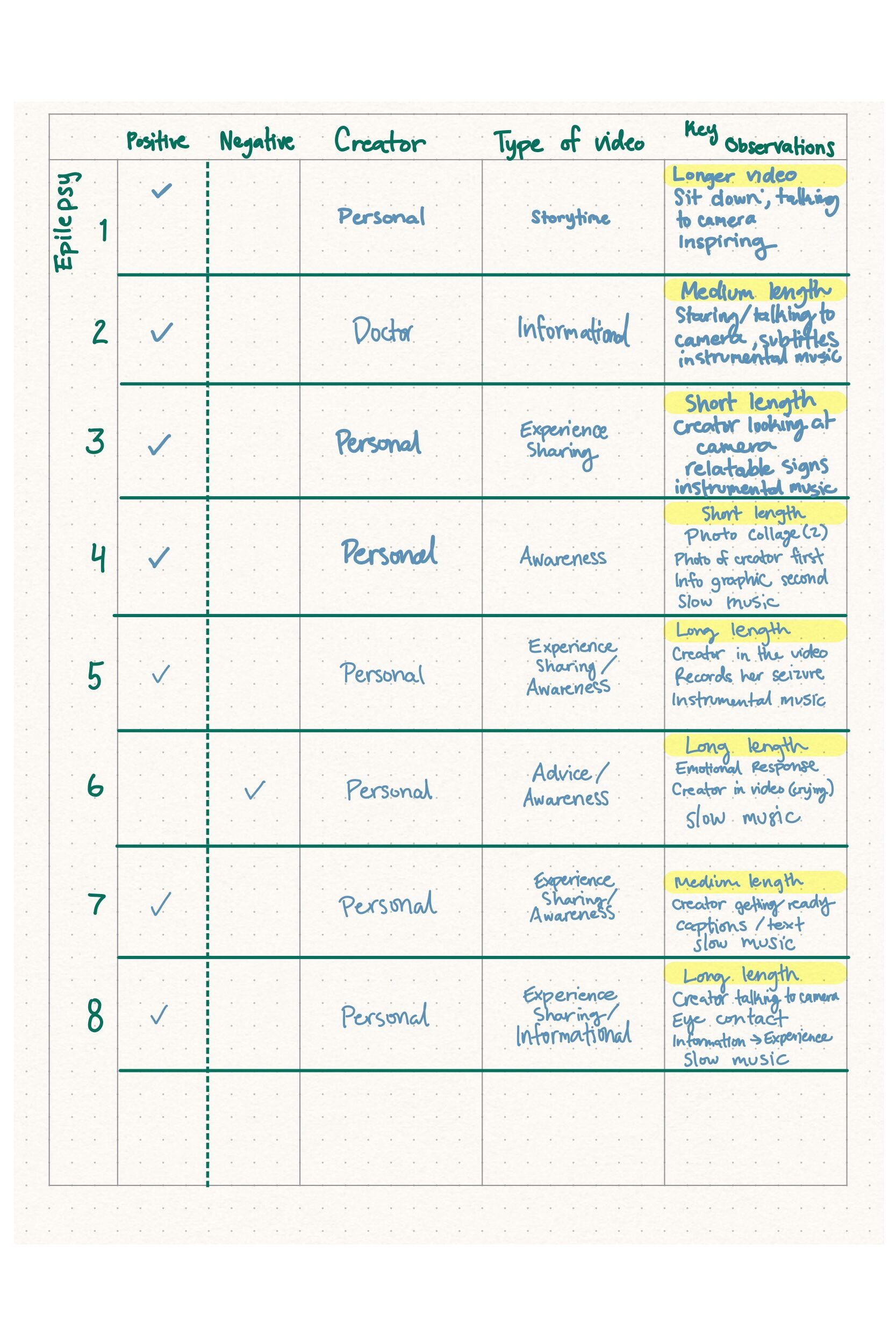My research was conducted on TikTok for two reasons: Firstly, TikTok has exponentially grown in the past few years as a new platform on the Internet; Secondly, I wanted to explore the trends behind my own experiences on TikTok and how information is selected for me to see; And thirdly, I thought it was fitting to keep my research on the platform where my topic was first discovered.
To acknowledge the bias of this research, TikTok is a media platform that uses algorithms to control what media is exposed to certain users. When conducting this research, TikTok already had an algorithm using my previous data to assemble my personal feed and search results. It is also worth noting that TikTok’s demographics of show “47.4% of TikTok users are under 30″ and “Young adults (18-24 years) make up over half of the creators (52.83%)” (Howarth, 2024).
I started my primary research by selecting 5 commonly known chronic conditions/disorders: Lupus, Diabetes, Crohn’s Disease, Depression, and Epilepsy. I input each term in the search bar of the TikTok app separately and analyzed the first 8 videos that appeared for each term. In a organized graphic for each condition as shown below I collected the data. I noted, up to my discretion, whether the video was positive or negative, the type of creator, the type of video, the relative length, and some key observations that stood out to me.





I noticed some trends forming within the data when analyzing the videos. Every video, with the exception of two, had a person in the frame of the video. In a majority of them, the creator would be in front of the camera talking to the viewers with significant of eye contacts. The types of creators were only observed to have four different types: personal, doctor, commercial, or celebrity. The vast majority, at 82.5%, of videos observed were personal creators with only a range of 0-3 of the other types present in each categories.
A majority of the videos were positive as well. The first 4 videos in each category, excluding one category, were positive. The most a category had of negative style videos was 3, so overall the platform created a positive connotations around these chronic conditions. The informational videos were only long and medium lengths while the parodies, at the least common type of media, were medium and short.
An overarching theme that I saw within the auditory aspect of these videos was the use of slow or instrumental music. Majority of videos used this music whether complimented by talking and voiceover or simply the music alone. The significant trend of slow/instrumental music being employed was for the awareness and experience sharing types of videos.
From the data I gathered, the overarching theme that resonates with me is the effectiveness of personal connection. The mass amounts of creators that created a personal video where they were in the center of frame looking or talking at the camera eludes to the relationship that is trying to be built. They want you to relate to them and feel a connection to them. Yes, it gets the viewer to engage more with there content but it also encourages the viewer to trust the creator more and believe what they are saying. Sharing personal experiences is a common trend that comes across on this platform. Being relatable and showing vulnerability could be the reason TikTok has grown so expansively.
The emotional impact is also a large factor in TikTok’s effectiveness. The majority of videos used music to appeal to the viewers’ emotional response. Along with strong eye contact and personal testimonies, these creators were able to grasp their viewers attention and make them feel a certain way.
References
Howarth, J. (2024, June 12). Tiktok user age, gender, & demographics (2024). Exploding Topics. https://explodingtopics.com/blog/tiktok-demographics
Tiktok statistics you need to know in 2024. Backlinko. (2024, July 1). https://backlinko.com/tiktok-users



